An American A-10 has returned from deployment in the Middle East bearing two Shahed-type drone kill markings, suggesting that the aircraft has been directly involved in counter-UAS combat during recent operations under US Central Command.
Images captured by aviation photographers showed the aircraft, callsign TABOR61, landing at an airbase in New England on 11 October with two stylised drone silhouettes and “Ares” nose art freshly painted on the fuselage.
TABOR61 (mixed the callsigns on the first flight 😅) arriving at PSM after a trip from Lajes! pic.twitter.com/pJwwJAgtJL
— Alex (@mhtplanes) October 10, 2025
The photographs indicate that the Warthog had recently completed a six-month rotation within the CENTCOM area of responsibility, supporting Operation Inherent Resolve.
The US Air Force has not confirmed any specific engagements. However, the markings imply that the A-10C may have successfully intercepted Iranian-made one-way attack drones. Shahed-type systems have been widely used by proxy forces against coalition and commercial targets.
The A-10’s combination of endurance, precision sensors, and versatile ordnance makes it unusually effective in this role. Unlike fast jets optimised for high-speed interception, the A-10 can remain on station for extended periods and prosecute multiple slow-moving aerial targets in a single sortie.
Equipped with laser-guided 70 mm rockets (APKWS II) and proximity-fused munitions, the aircraft can engage fragile drone targets without resorting to expensive air-to-air missiles. These characteristics align closely with current US and allied efforts to develop scalable responses to massed drone attacks.
Although the U.S. Air Force has continued to phase out parts of the A-10 fleet, its suitability for persistent surveillance and inexpensive strike roles may keep it relevant as drone warfare keeps on hitting the news.


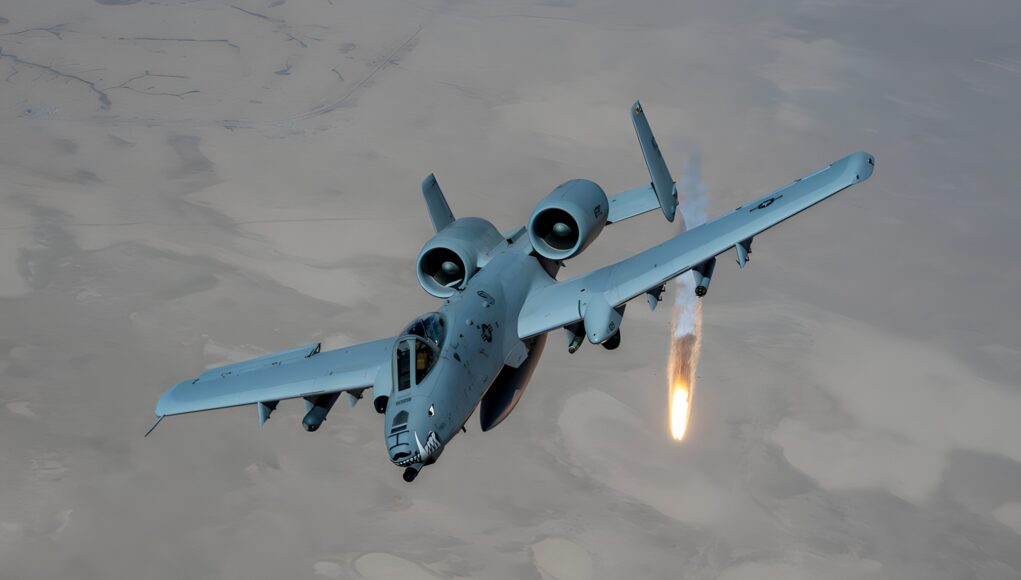
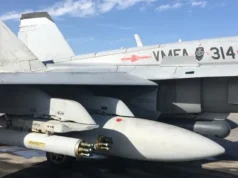

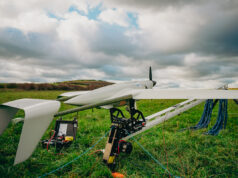
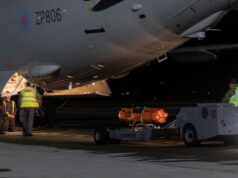
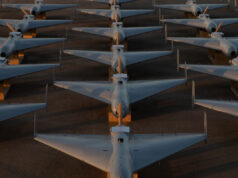
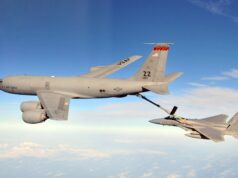
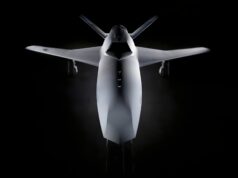

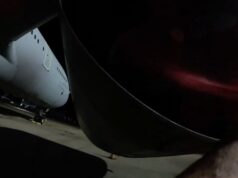
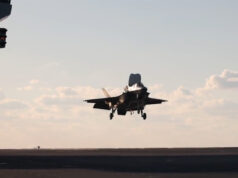

So peace in the Middle East for the first time after 3000 years not quite the reality portrayed then.
A US President declaring peace in such a way is a novel idea. It will either work or it wont. Why bother with complicated agreements.
If it does work no one will be more pleased than I. If it doesn’t work what then Mr T.
I think Israel has been at peace several times in the past. For a good year at a time, once or twice.
Maybe this time peace will last a bit longer.
And who knows, maybe the trend is their friend. Maybe between this so called peace, plus the Abraham Accords, there will be a move by Arab nations (and slightly less probable, Iran) towards some sort of peace with Israel.
If the admittedly unlikely move by the leaders of Hebron to make a separate peace with Israel works, or simply moves the conversation a few increments down the road…
Anything is possible, even the most unlikely of events.
It’s something and it might lead to something more. That’s better than nothing. The Palestinians were in a better position before the war, but entrenched interests ensured you couldn’t get to a peace deal from there. Now the war has shaken things up, maybe there’s a possibility of peace. Radical things will have to happen. Perhaps Israel will need a government of National Unity in order to oust the far right. I think Hamas being disarmed is going to be tough. I think the final disposition of Jerusalem will be tougher. I think they’ll need to move in baby steps.
This is a baby step in the right direction.
From the news, its seems Hamas are trying to exert their authority over what’s left of the Gaza. If they do regain control, then they start the cycle against Israel again. They are like a virus that gets worse the longer you leave it. If Hamas were removed, could Gazan’s accept peace with Israel?
I see Hamas being removed in name only a new organisation will spring up most likely even with the same people then in a few years the nutters will attack again and then blame Israel
Although the A-10 Warthog is well suited to long and slow drone patrols, a cheaper drone patrol aircraft would be the OA-1K Skyraider II.
It’s based on the Air Tractor AT-802U, which is being purchased by the US Special Forces Command.
These light aircraft are perfect for drone defence, cheap to run, and can fly from a grass strip or road.
Would be very useful for Ukraine, allowing it to protect the West of its territory from drones.
Slight amendment:
Meant to say that the OA-1K Skyraider II is being purchsed by SOCOM, not the Air Tractor AT-802U.
Josh
OA-1K is not really fast enough. There is only a few 10s mph in between their tops speeds. It could take it an hour just to catch up with one drone. Multiple engagements in a sortie looks doubtful. A clean 10. Going Guns only actually starts look look pretty good for this job. Comparatively fast, low stall speed. And a very nice line of sight gun system obviously.
Good comment Ben, that said, an upgraded engine to provide a relevant intercept speed would still be a cheaper option due to maintainance costs and for ease of running these aircraft from raw dispersed sites.
There is also an additional burden of pilots trained to fly an A10, compared to easier Air Tractor training.
Although you note that the current top speed is too slow, this could be addressed, and a cheap to run, maintain and fly aircraft could help.
Thanks,
Josh
I think what we are both probably dancing around here though Josh. Is that we are likely to see the emergence of specialised anti drone air-to-air combat aircraft much much sooner than I would have expected. The only question will be if they are manned or un-manned. Seems the age of guns and dog fights may have returned? How strange to have gone virtually full circle in my lifetime !?
Yes, you are quite right Ben.
Of the two air to air options, I think both will be developed.
Unmanned for contested locations near the forward area of battle.
Manned cheap to run aircraft easy to fly aircraft to cover numerous civil and defense sites.
As the incoming boogie would be a drone, having manned aircraft provide local CAP defense would also ensure no blue on blue accidental shoot down of the defence assets, as apossed to drones everywhere confusing who is who in an eye fur ball situation.
As you say… who’d have thought in our life time..
Remember BAEs SABA design to counter helicopters. Top speed similar to A10 .Would make a good counter drone platform.
It would have been nice if it had ever made it off the drawing board 40 years ago. Beechcraft AT-6 Wolverine with the Skyraider APKWS II rocket system would do the job.
Test
A10 that’s still one plane to keep well away from 🙏 😏
Bring back the Boulton & Paul Defiant for shooting slow drones down. Even APKWS seems overkill. Just has to cruise near each drone & the air gunner turret does the rest.